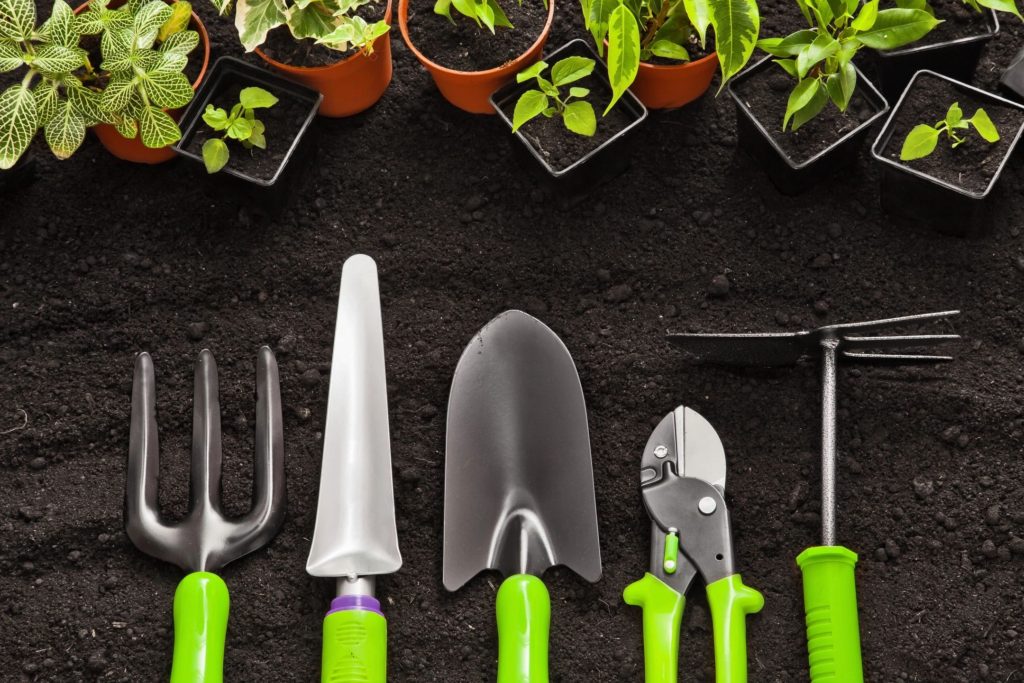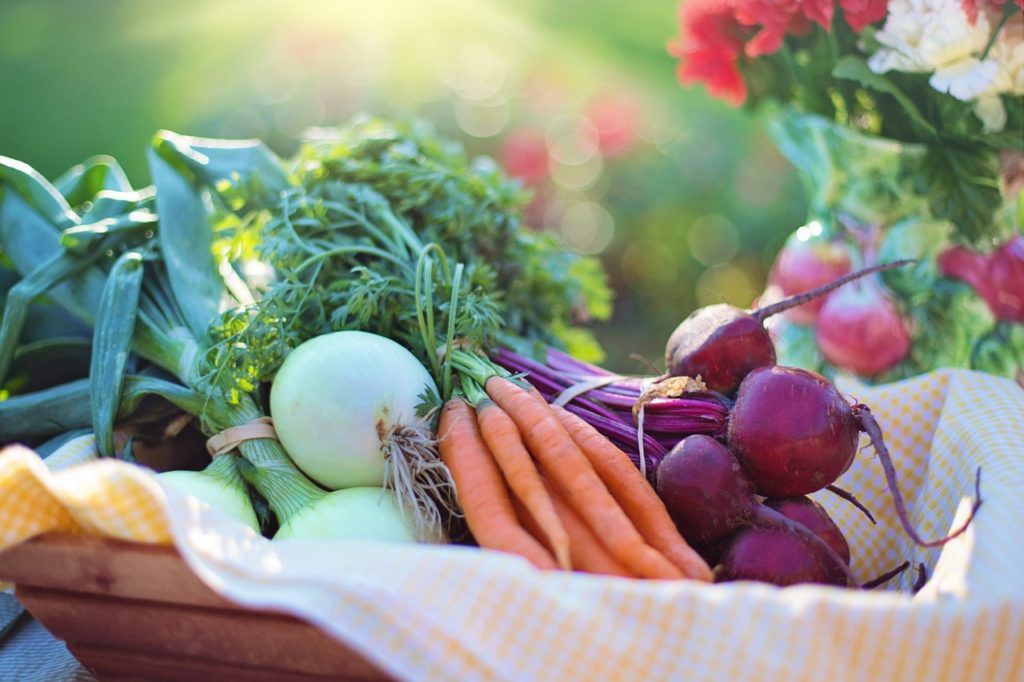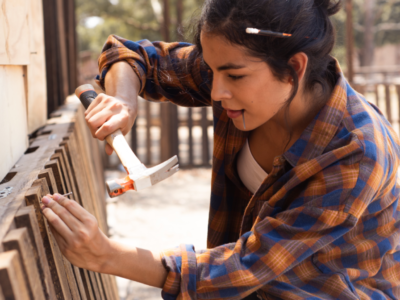Guide to Growing a Healthy Vegetable Garden (Feed your family)
Now the winter is slowly coming to a close there are some people who are thinking about planning a vegetable garden at home.
If they are a family, it can make considerable savings against a grocery bill with the added benefits of all the vegetables being much fresher than they can purchase.
These individuals might be new to gardening and are wondering how best to grow vegetables that are suitable to feed a family.
Much of this depends on space that is available, yet even if space is limited it is no reason not to grow vegetables as it can be done in the smallest of areas. With these vegetable garden tips, you can be well on your way to fresh and tasty veggies for all the family.

Size of Garden
For new gardeners, the ideal size of the area is 16ft x 10ft which gives plenty of space to grow a variety of vegetables.
If you do not have this area available, an 8ft x 4ft raised beds can be constructed quickly. If you do not have space for this container gardening will be ideal as these can be placed in many areas.
Growing Area Location
Most veggies require lots of sun, so an area around your home that catches the most sun is best suited. There are many herbs you can grow in window boxes or in small containers that can sit on a sunny windowsill, and will grow healthily.
Good Soil
This is one of the secrets to grow healthy plants as roots need to spread easily and well-tilled soil allows them to do this. Also, this tilled soil improves irrigation and enables a good supply of oxygen to get to the roots.
In a full sized area, the soil has to be tilled or turned over, and it is recommended to add a good two inches of compost when you do this.
Container gardens and raised beds benefit from adding compost, yet generally, you need to purchase soil to fill these which is light and airy when you get it.
Feeding Your Plants
Warm season vegetables will need watering on a regular basis. This does not have to be every day, and a good guide is if the top inch of soil is dry around your plants they could do with watering which is best done on an evening.
Containers and raised beds have better irrigation so they might require more frequent watering yet a lesser quantity.
Even though compost was added in the initial soil preparation stage, it is a worthy addition once plants have started to grow to add nutrients and to help retain moisture.

Types of Veggies to Grow
This depends on what the family likes to eat yet most of the common ones are pretty easy to grow such as:
- Tomatoes – bush type can be produced in hanging baskets which helps save space in your growing area.
- Lettuce – once growing these can be plucked as required and they will continue to grow and produce more leaves.
- Radish and Spring Onions – these grow quickly and are ideal for containers.
- Runner Beans – these will require support although up a fence or chicken wire allows them to grow quickly and will produce more than enough for a family.
- Onions and Garlic – these are ideal for container gardens and grow without much maintenance ready to harvest later in the year.
Other easy vegetables to grow are zucchini, cabbage, peppers, beetroot, and peas.
Potatoes can be grown and don’t require the garden or a raised bed as they can be grown directly in a potato sack.
These are planted in a potato sack that is quarter filled with earth and each time sprout show they are again covered with another couple of inches. Once the bag is full, they are ready to harvest at around 20 weeks. When harvested you can plant other veggies in the used soil rather than letting it go to waste.
Extend the Growing Season and Succession Planting
To get the maximum growing time for all types of veggies, you can grow using cold frames or hoops so you can grow earlier or later once crops have been harvested.
Some plants actually taste better during the latter part of the growing season such as cauliflower and broccoli as the heads tend not to go to flower so quick.
Succession planting is the secret to make full use of your space as in the case of your used potato sack.
Once one vegetable has been harvested another will be planted in the same area which makes full use of your area. It is recommended to add more compost each time you do this to add needed nutrients.
Feeding a family with homegrown vegetables can save a considerable amount of money and can be something the entire family can take part in doing.













